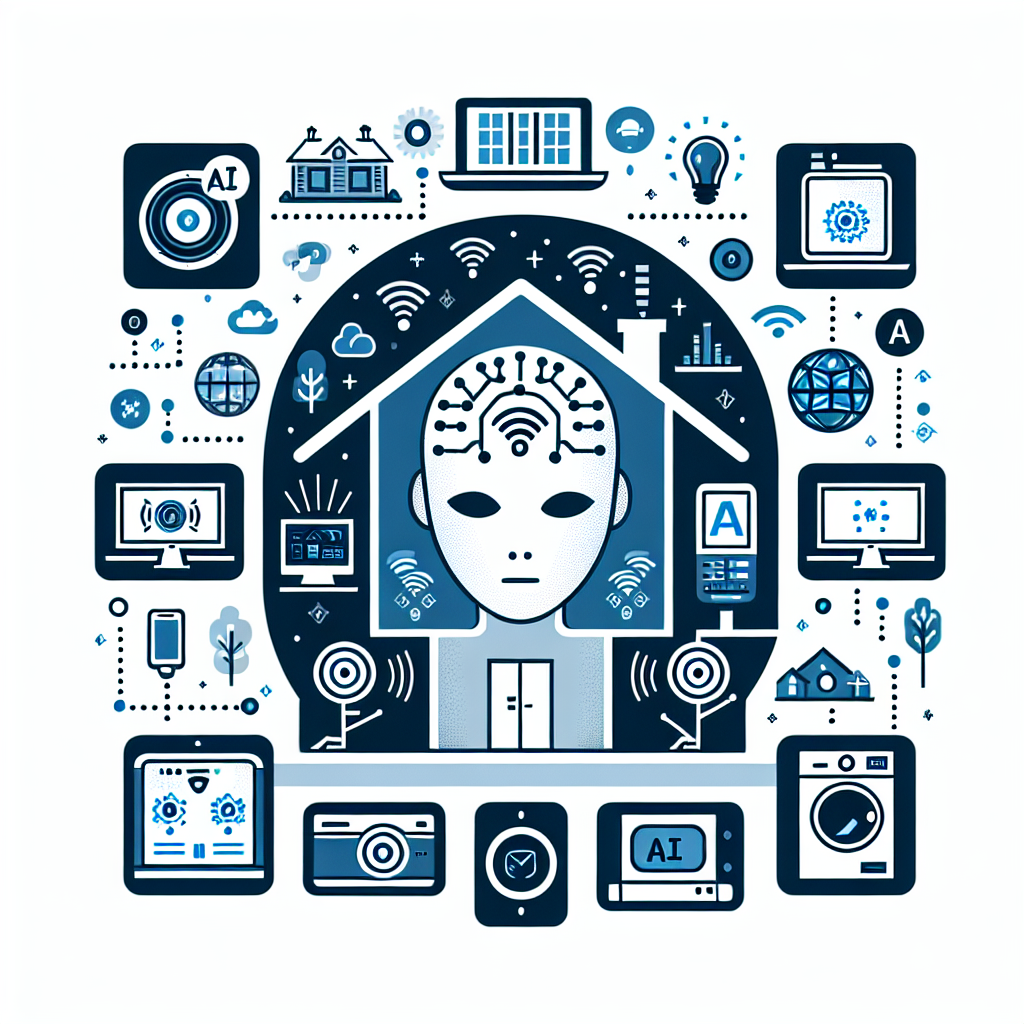AI Deployment in Smart Homes: Improving Home Automation
With the rapid advancement of technology, the concept of smart homes has become increasingly popular among homeowners. Smart homes are equipped with various devices and systems that are interconnected and can be controlled remotely. These devices are designed to make daily tasks more convenient and efficient, ultimately improving the overall quality of life for residents. One of the key technologies driving the development of smart homes is artificial intelligence (AI).
AI is the simulation of human intelligence processes by machines, specifically computer systems. In the context of smart homes, AI can be used to automate various tasks and make decisions based on data and user preferences. By leveraging AI technology, smart homes can become more intuitive and responsive to the needs of the residents.
AI Deployment in Smart Homes
There are several ways in which AI can be deployed in smart homes to improve home automation. Some of the key applications of AI in smart homes include:
1. Voice Control: AI-powered virtual assistants such as Amazon Alexa, Google Assistant, and Apple Siri can be integrated into smart home devices to enable voice control. Residents can use voice commands to control lights, thermostats, security cameras, and other smart home devices.
2. Predictive Maintenance: AI algorithms can analyze data from smart home devices to predict when maintenance or repairs may be needed. For example, AI can detect patterns in energy usage to identify when an appliance is malfunctioning and needs to be repaired or replaced.
3. Energy Efficiency: AI can optimize energy usage in smart homes by adjusting settings based on occupancy patterns and weather conditions. For example, AI algorithms can automatically adjust the temperature of a thermostat to save energy when residents are not at home.
4. Security and Surveillance: AI-powered security systems can analyze video feeds from security cameras to detect suspicious activity and alert homeowners. AI can also be used to identify familiar faces and distinguish between humans and pets to reduce false alarms.
5. Personalization: AI can learn user preferences and adapt smart home settings accordingly. For example, AI can adjust lighting and music preferences based on the time of day and the activities of the residents.
Overall, AI deployment in smart homes can enhance convenience, comfort, and security for residents while also promoting energy efficiency and cost savings.
FAQs
Q: How does AI improve home automation in smart homes?
A: AI can automate tasks, make decisions based on data and user preferences, optimize energy usage, enhance security, and personalize settings in smart homes.
Q: What are some popular AI-powered virtual assistants for smart homes?
A: Amazon Alexa, Google Assistant, and Apple Siri are some of the popular AI-powered virtual assistants used in smart homes.
Q: How does AI enable voice control in smart homes?
A: AI-powered virtual assistants can be integrated into smart home devices to enable voice control. Residents can use voice commands to control lights, thermostats, security cameras, and other devices.
Q: How does AI optimize energy usage in smart homes?
A: AI algorithms can analyze data from smart home devices to adjust settings based on occupancy patterns and weather conditions, ultimately saving energy and reducing costs.
Q: How does AI enhance security in smart homes?
A: AI-powered security systems can analyze video feeds from security cameras to detect suspicious activity and alert homeowners. AI can also identify familiar faces and distinguish between humans and pets to reduce false alarms.
In conclusion, AI deployment in smart homes is revolutionizing home automation by enhancing convenience, comfort, security, and energy efficiency. As technology continues to advance, we can expect to see even more innovative applications of AI in smart homes in the future.

